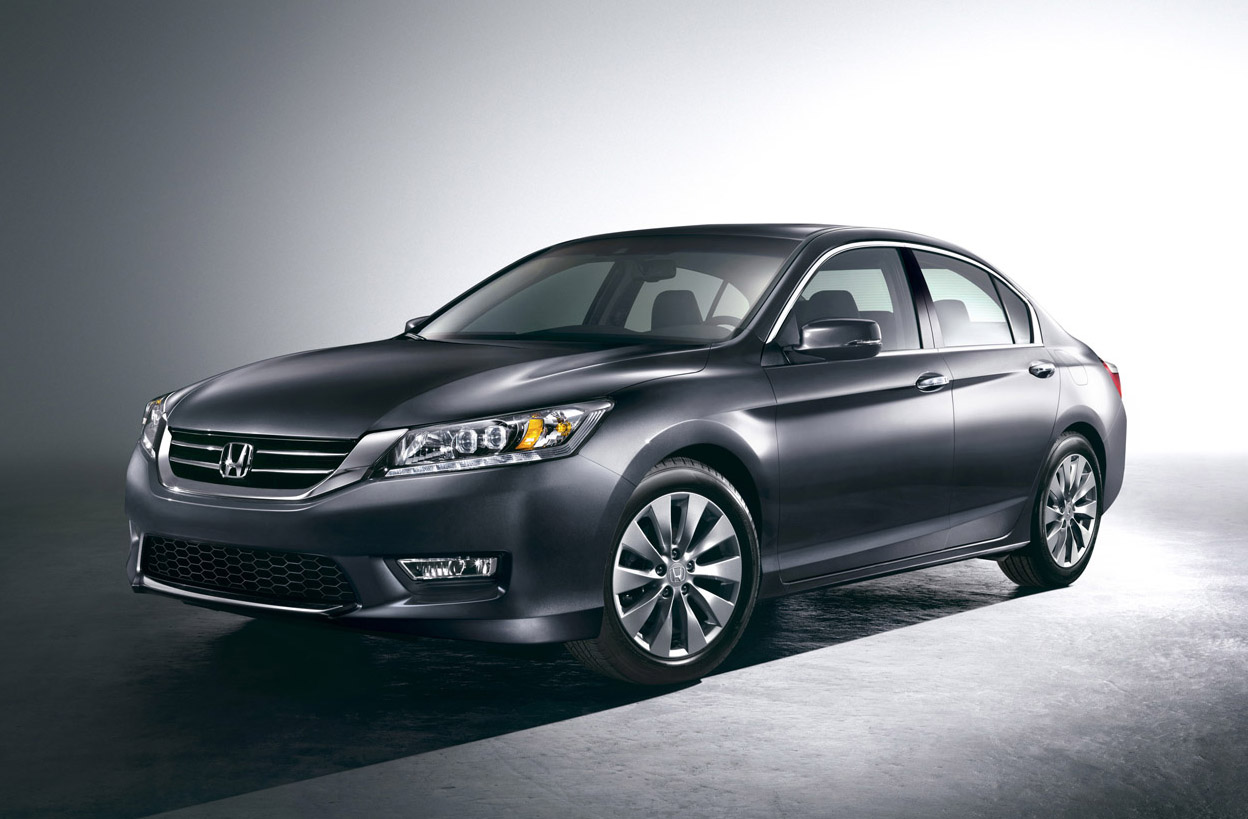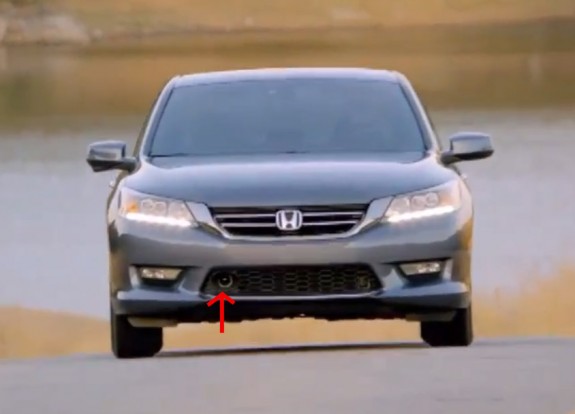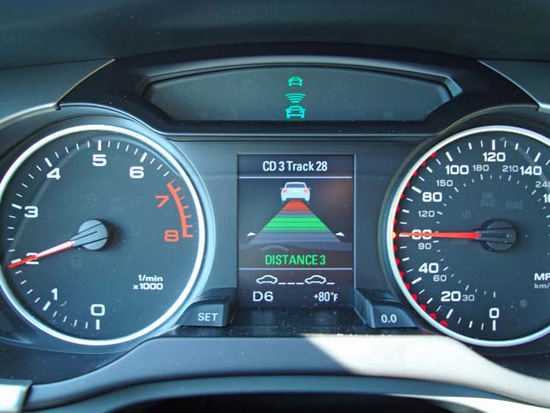Stupid Technology: Adaptive Cruise Control

When Honda introduced the new 2013 Accord, it quietly introduced a luxury technology to mainstream car buyers. That technology is called Adaptive Cruise Control, and the 2013 is the first time that a bread-and-butter family sedan will offer this technology. However, don’t go looking on Honda’s website for any information on Adaptive Cruise Control, because they barely even mention it or what it does, and they won’t even offer it in Canada. Essentially, the driver can set cruise control at a particular speed – let’s say 70MPH. Sensors (usually radar or laser) on the front of the car then looks for any obstructions, like slower moving vehicle. The sensor automatically communicates with the drivetrain to slow down if necessary, then speed back up when the driver changes lanes. Why wouldn’t a carmaker promote this technology if they’re the only ones to have it in a particular segment – especially in the hotly contested, low profit segment that the Accord competes in?
The reason, we believe, dates back to a decade before the 2013 Accord’s introduction. When Toyota introduced the 2004 Sienna minivan, they included a high-end trim called the XLE Limited. This trim had a version of the Dynamic Cruise Control (their name for adaptive cruise control), among other luxury features. People were taking more trips than ever, and a bustling economy was encouraging more luxurious cars and homes. People liked the idea of adaptive cruise control, resulting in the XLE Limited selling in decent numbers, despite prices that easily eclipsed the $40,000 mark. Personally, I thought it was the start of a new era, where all cruise control would be radar/laser-guided in the years to come.
Strangely, adaptive cruise never really became commonplace. Sure, luxury manufacturers like BMW and Infiniti had widespread adoption among their models – but Toyota still hasn’t offered it in the Camry despite two redesigns since 2004. Then, in 2007, I finally drove a JDM Toyota Alphard with the adaptive cruise feature. It was fun to play with for the first 5 minutes, but it became a chore to manage for the remainder of the trip. Since a computer can’t use real judgment, it is programmed to stay hilariously far away from obstructions. Even with the cruise control programmed to follow at its shortest possible distance, it was always slowing down before you expected it to. That wouldn’t be so bad, except that it could only use engine braking to slow the van. Every time the van came up to a car or crested a hill, it would pull 2-gear downshifts to slow down. The noise of a velvety Toyota V6 at 4000RPM was enough to awaken drowsy aunties in the third row. Similarly, it would annoyingly floor the throttle to get back up to speed. Admittedly, adaptive cruise works better when it can take control of the actual braking system, but that costs money – so it is only available on higher end marquees. Thus, implementing adaptive cruise on lower priced vehicles is quite detrimental to the driving experience, due to budget constraints instead of technological ones.

Accord Touring's Adaptive Cruise Control Sensor. Picture pulled from YouCarPress' YouTube video of the 2013 Accord.
The ultimate insult to injury is that the adaptive cruise control in the Sienna works by using input from a laser sensor in the front bumper’s air intake – you know, the area that is usually damaged when rocks are flung up from the car in front, or you hit a cone or a tall curb. It didn’t take much to kill the laser sensor, and it would stop working even if the lens was dirty. Imagine that, the front of a family van getting dirty! When the system detected dirt or a dead sensor, you would not have cruise control unless you told the van you wanted it to stay in non-guided mode from the moment you started it up, and then never dropped below 40kmh after that. So, the alternative to doing this hokey pokey was to replace the $1000-$2500 sensor, which needed hours of labor to align. Let’s reiterate. Rock hits your front bumper (normal occurence), you can either spend $2500 to fix it, alter your normal driving routine, or drive your $40,000 van, now without cruise control.
After learning about all this, it’s no wonder that Honda is quietly launching their Adaptive Cruise Control system. They want a select few people to try it, and see if there are any complaints. If folks aren’t too unhappy, they may consider promoting and spreading this technology. But until the fanboys have vetted Adaptive Cruise, and you’ve driven one to make sure you can deal with its idiosyncrasies, we recommend that you stay away. After all, the Accord Touring is almost $2000 more than a comparable EX-L V6 Navigation, and it only adds the Adaptive Cruise and LED headlights. Those better be some impressive headlights…


